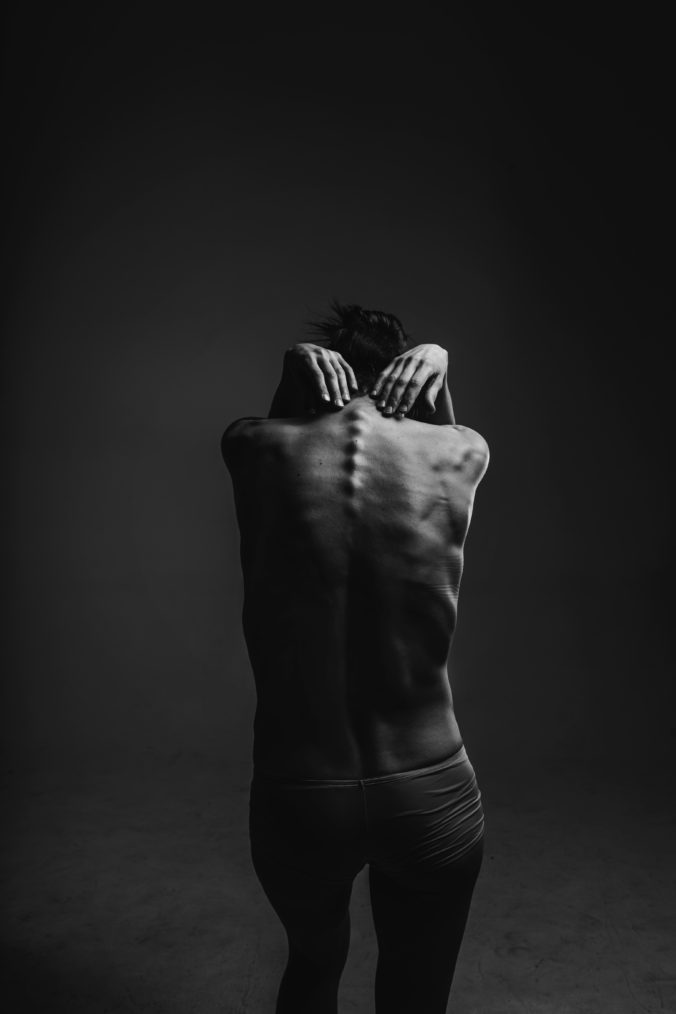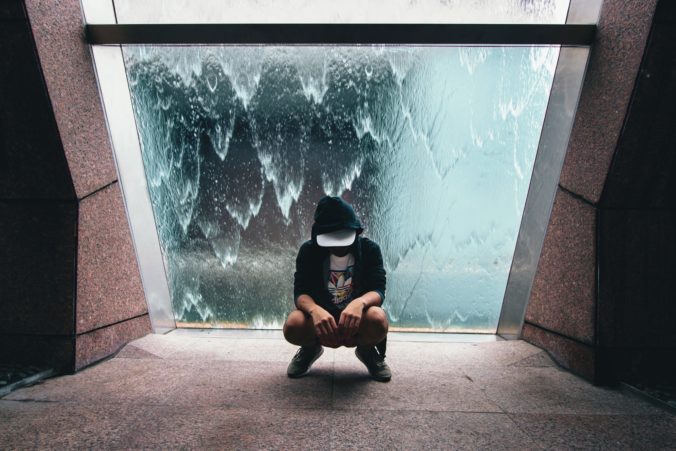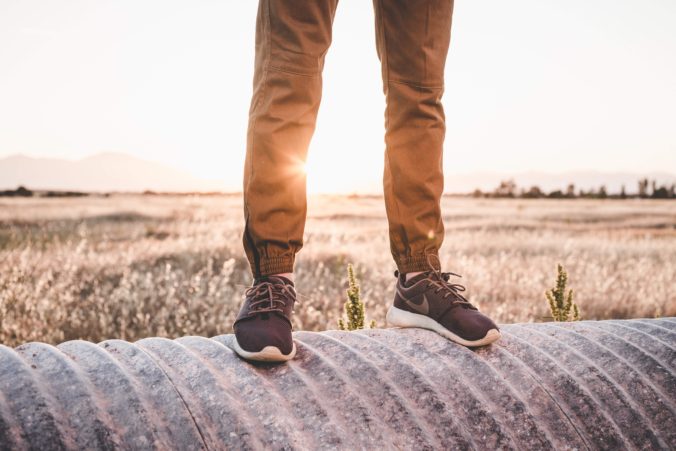Goodbye to Neck Pain and Headaches: Your Guide to Sports Therapy in Gloucester and Newent
Neck pain and headaches can be a real pain and disruptive to our daily lives. Making it tough to enjoy your day-to-day activities or sports. But hey, no worries! We are here at Fully Fit Therapy to lend a helping hand.
Here Rob specializes in dry needling(acupuncture), chiropractic techniques osteopathic mobilizations and Sports Massage techniques. Rob takes a holistic approach to tackle these issues head-on.
So, in this blog post, we're going to dive into the world of sports therapy/additional treatments and how it can bring you some much-needed relief from neck pain and headaches.
Getting a Grip on Neck Pain and Headaches:
Let's face it - neck pain and headaches can pop up for all sorts of reasons, like sports injuries or just a bad back from work. It's a bit of a puzzle, right? Well, guess what? We're putting the pieces together with some help from respected names in sports medicine, like Brukner and Khan's Clinical Sports Medicine. They've shown that combining acupuncture, chiropractic techniques, and osteopathic mobilizations can work wonders in reducing pain, easing headaches, and even boosting your athletic performance.
So, how exactly does sports therapy come into play?
Sports Therapy: Your Neck Pain and Headache Solution
Sports therapy is like a customized plan for you. We take a bunch of different techniques and make them work together just for you. Here's what we've got in our toolkit at Fully Fit Therapy:
Acupuncture (Dry Needling): It might sound a bit intimidating, but it's actually super effective. We use tiny needles to target specific points on your body. This helps balance your energy flow and kick starts your body's natural healing powers. It's like hitting the reset button, reducing pain, and making you feel way better.
Chiropractic Techniques: Our therapists are experts at these. They use precise adjustments and movements to get your spine back in line. When your spine is happy, your neck is happy too. It's all about getting things back to where they should be, which can really cut down on discomfort.
Osteopathic Mobilizations: This is a hands-on technique that's all about improving joint mobility and relaxing your muscles. It's like a gentle massage for your neck and body. "Therapeutic Modalities in Rehabilitation" by Prentice has some good things to say about how this approach helps restore balance and ease discomfort.
Rehab plan: Rob uses a graded exercise plan to get you back onto your feet and ease you back up to 100% again. It blends a mix of static and dynamic stretches through to basic exercises which then get more advanced as you progress. The rehab plan is key to restoring full function and fitness as well as putting plans in place to stop the injury reoccurring.
Fill out your details below to Instantly claim £20 off your first massage or injury treatment session!
Finding Us in Gloucester, Newent, and Beyond:
If you're on the hunt for a top-notch therapist in Gloucester, Newent, Hartpury or anywhere nearby, you're in the right place. At Fully Fit Therapy, we've got you covered. Rob is specialize in dry needling, chiropractic techniques, osteopathic mobilizations and sports massage . Plus, he is all about personalization. He will craft a treatment plan just for you, taking into account your unique challenges and what's causing your neck pain and headaches.
The goal at Fully Fit Therapy is simple: to help you say goodbye to neck pain and headaches. The approach blends all the modalities we've talked about today: acupuncture (dry needling), chiropractic techniques,osteopathic mobilizations and sports massage. This well-rounded and holistic approach is backed by the big names in sports medicine and has a proven track record of getting results. Our clients love it, and we're pretty sure you will too.
So, if you're ready to get rid of that disruptive neck pain and headaches today, get in touch. Rob is here to help you perform at your best and live a pain-free life.






